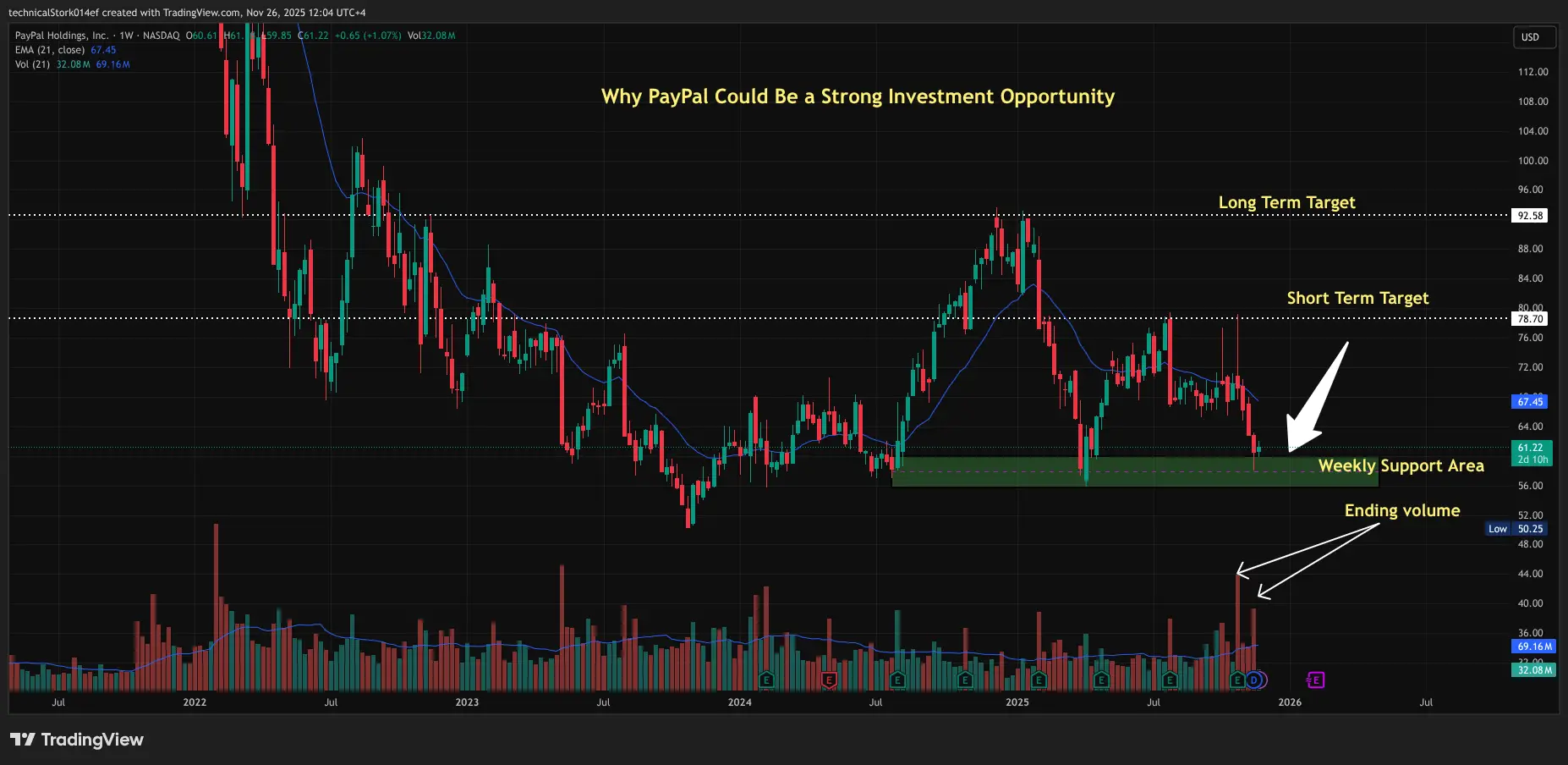itcoin Set for Its Worst Month Since the 2022 Crypto Meltdown

Published on November 22, 2025

Published on November 22, 2025
Bitcoin is sliding into increasingly risky territory, with November on track to be its worst month since the Terra and FTX collapses of 2022 — a period that unleashed widespread failures across the crypto sector.
The world’s largest cryptocurrency plunged as much as 7.6% on Friday to $80,553, extending a rout that has wiped out nearly 25% of its value this month. The latest downturn has been driven largely by spot selling — including redemptions from major ETFs, dormant wallets re-entering the market, and waning interest from momentum traders. But options-related positioning has added a new layer of turbulence, amplifying volatility as Bitcoin breaks through key price levels that force dealers to adjust their hedges in a process tied to gamma exposure.
One major threshold, $85,000, was breached earlier Friday. Heavy demand for put options at that strike left market makers needing to hedge sizable exposures. In this environment, dealers are generally “short gamma,” meaning they must sell more Bitcoin as prices fall to maintain neutrality — a pattern that can intensify downward moves. These liquidity providers continually rebalance their positions, but when prices slice through heavily traded strikes, their hedging activity can accelerate declines.
The next significant marker sits at $80,000, where options models indicate this hedging dynamic flips. Around this level, dealers are expected to shift into “long gamma,” meaning further declines reduce their risk and require them to buy Bitcoin to stay balanced — potentially easing the impact of continued selling. On Friday around 5:18 p.m. in New York, Bitcoin was last near $85,130.
Traders have accumulated puts at both strike levels, according to Deribit, increasing the pressure on dealers who sold those contracts. While hedging flows aren’t the primary cause of Bitcoin’s drop, they highlight the recent deterioration in market depth. With fewer buy orders on major exchanges, even routine selling can push prices lower more quickly.
Beyond options, stress signals are flashing in perpetual futures — the most active corner of crypto derivatives. Open interest remains high, but many bullish traders are now trapped in losing positions. As prices slide, forced liquidations are beginning to trigger automatic sell orders, compounding the downturn. Earlier, traders had stacked buy orders near previous highs around $98,000, hoping to catch a rebound, but Bitcoin’s slide below $85,000 has left those bids behind.
The selling pressure has also been reinforced by outflows from large Bitcoin ETFs, which had provided consistent demand earlier in the year. As these funds shrink, they remove a stabilizing source of inflows that previously helped absorb volatility. With that support fading, the market has become far more sensitive to ordinary selling.
Together, these forces — option-driven hedging flows, forced futures liquidations, and thinning liquidity — are creating a feedback loop that is pushing Bitcoin deeper into a fragile trading environment.

TECHNICAL REASONS 1. Price Sitting on a Major Long-Term Support Zone ($60–$62) Your chart shows PYPL retestin...

The Dow Jones Industrial Average closed higher on Tuesday, extending its recent winning streak as investors weighed t...

Gold climbed toward $4,150 per ounce on Wednesday, nearing a two-week high after delayed U.S. economic data boosted e...